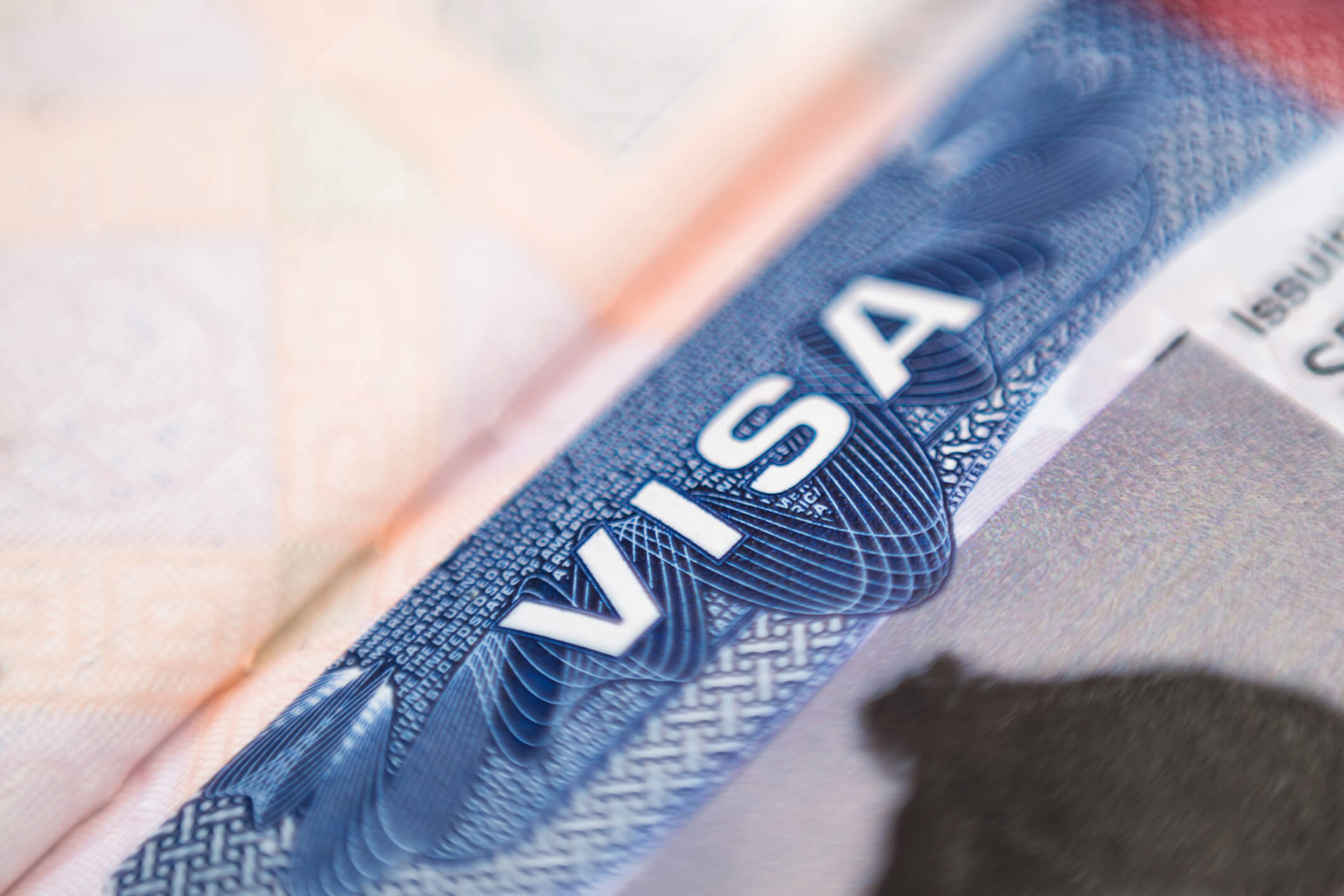In June 2006, Immigration and Customs Enforcement (ICE) published an interim final rule authorizing the electronic storage of I-9 Employment Eligibility Verification forms and providing standards for such systems. Since that time, numerous vendors have come to the marketplace with electronic I-9 software products and some employers have developed their own “home grown” systems. Electronic I-9 systems can improve I-9 completion accuracy, ensure uniform processes at multiple hiring locations, simplify I-9 self-audits, and allow employers to have a completely paperless employee “on-boarding” process. In addition, for employers that elect or are required to use the federal E-Verify system, electronic I-9 systems can facilitate E-Verify queries and processes.
As confirmed in the final regulation promulgated by ICE in 2010, employers that are considering adopting an electronic I-9 system (or already use one) should confirm that the system conforms to certain performance standards. For example, systems must retain an electronic audit trail relating to creation, completion, updating, modification, alteration or correction to any I-9. Failure of systems to conform to regulatory requirements can have adverse implications. For example, ICE agreed to a $1 million fine settlement with a major, national retailer last September after an I-9 audit of company stores led to the discovery of several technology-related deficiencies in the company’s electronic I-9 verification system. More recently, the FTC cited an electronic I-9 vendor and reported its settlement with the vendor in a press release:
“. . . despite the company’s claims that its system kept data reasonably secure from unauthorized access, it did not in fact provide adequate security. For example, unauthorized access to sensitive employee information allegedly could be gained without the need to enter a username or password, simply by typing a relatively simple URL into a web browser.”
The press release went on to indicate that these failures led to an employee of one of the vendor’s customers being able to access sensitive information maintained in the company’s database, including the Social Security numbers of about 37,000 consumers.
Thus, employers are well-advised to be mindful of the general requirements of electronic I-9 systems. The standards for such systems are set forth in the regulations and are outlined at pages 24-26 of the Form M-274 Handbook for Employers produced by U.S. Citizenship and Immigration Services (USCIS). Employers may need to consult with counsel or persons knowledgeable about I-9s generally and also software experts to understand and assess if the system meets the regulatory standards. Whether using paper or electronic systems, employers should consider reviewing overall I-9 and immigration compliance procedures in this time of increased government scrutiny.




